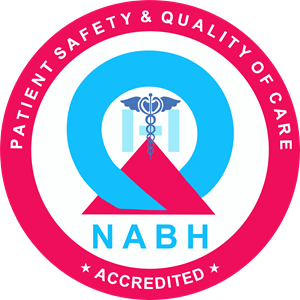Understanding Breast Cancer Survival Rate
Breast cancer survival rates depend on a variety of factors, including the stage at which the cancer is diagnosed, its type, and the individual’s overall health. Early detection through regular screenings plays a crucial role in improving survival outcomes, as cancer caught in its early stages is more treatable. The survival rate also varies based on whether the cancer is hormone-receptor-positive, HER2-positive, or triple-negative, as each type responds differently to treatment. Additionally, access to advanced treatments, personalized care, and ongoing medical support are critical in improving long-term survival and quality of life for patients.

Frequently Asked Questions (FAQs):
Q1. What is the survival rate for breast cancer?
A. The survival rate for breast cancer depends on factors like the cancer’s stage, type, and treatment response. Generally, the 5-year survival rate for localized breast cancer is over 90%. Early detection and personalized treatment plans greatly improve outcomes.
Q2. How does early detection affect breast cancer survival rates?
A. Early detection significantly improves breast cancer survival rates. When detected in its earliest stages, the survival rate can be as high as 99%. Regular screenings and self-checks are essential for catching cancer early.
Next in Breast Cancer

Author Bio:
Dr. Yashashree Joshi – MBBS, MD (Philippines)
Dr. Yashashree Joshi, MD, is a globally-trained oncologist with a robust academic background and extensive experience in pioneering cancer treatments. Dedicated to patient-centered care, she continually integrates the latest advancements in oncology to provide her patients with innovative and personalized treatment plans.
Content Medically Reviewed By MedicoExperts Editorial & Clinically Review Board



